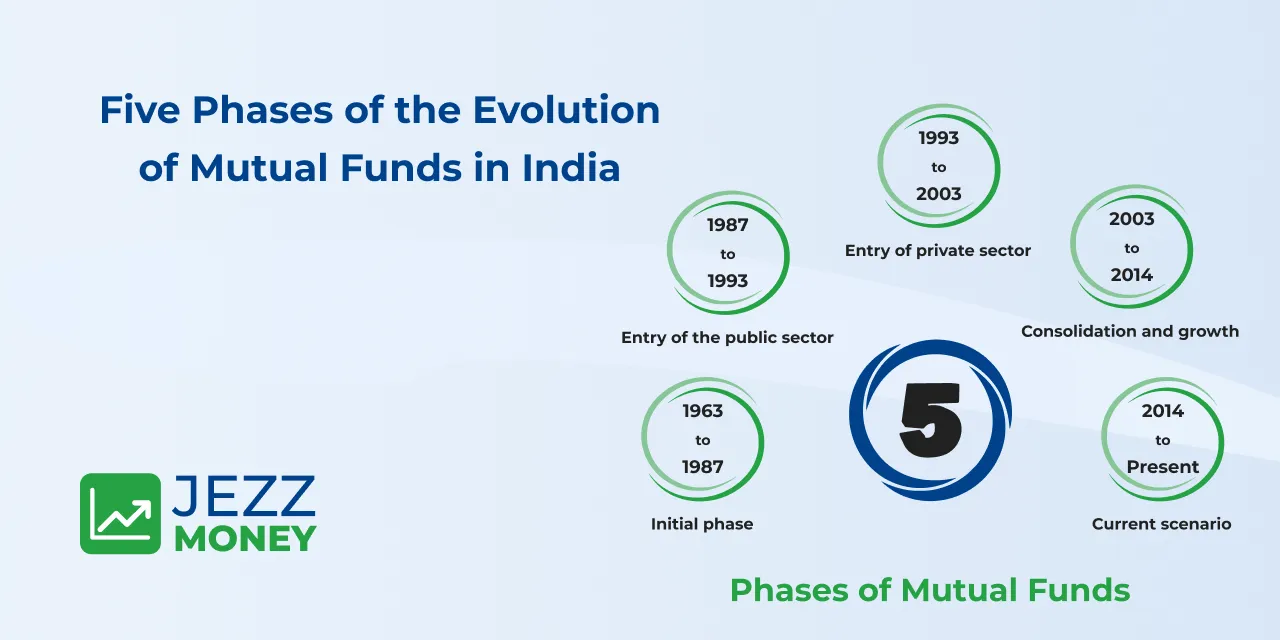Mutual funds give new waves to connect different money streams to the saving ocean. It might be a slow or fast return from a fixed deposit based on the market's ups and downs. Building the right saving strategies can give the correct output to the market investors. Mutual funds have not always been the most popular investment choice in India. Actually, they were first brought to the Indian market as late as 1963!
How did they evolve into among India's most sought-after investment tools? After so many years, how did the mutual fund industries become the most popular in the nation? In this article, we will explore the factors that contributed to this growth and popularity.

